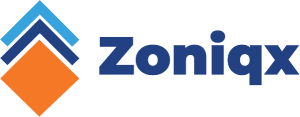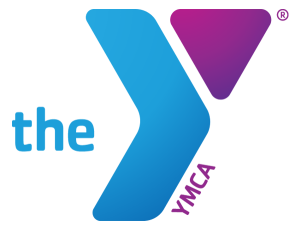Rubix addresses the challenges faced by both investors and financial institutions while providing personalized, secure, and accessible wealth management tools. Here’s how Rubix based solutions can revolutionize FinTech.
0
+
Stay up to date on what’s happening with Rubix, learn about upcoming events and access important resources.
The FinTech sector, aiming to revolutionise wealth management and financial services, encounters several challenges hindering its progress. Key issues include.
Many FinTech platforms struggle to deliver personalized financial advice and services tailored to individual client needs and goals. This limitation inhibits client engagement and satisfaction, as users seek customized solutions aligned with their unique financial situations
FinTech solutions often grapple with fragmented data sources, including bank accounts, investment portfolios, and retirement accounts. Integrating and aggregating these disparate data sets presents technical challenges, hindering the development of holistic financial management tools and insights.
The complexity of financial products and services can deter individuals from actively managing their wealth and investments. Moreover, some FinTech platforms may lack user-friendly interfaces and educational resources, limiting accessibility for less financially savvy users.
While FinTech platforms offer access to a range of investment products and strategies, users may face limitations in diversifying their portfolios or accessing alternative investments. This restriction hampers investors’ ability to optimize risk-adjusted returns and achieve their long-term financial goals.
Rubix addresses the challenges faced by both investors and financial institutions while providing personalized, secure, and accessible wealth management tools. Here’s how Rubix based solutions can revolutionize FinTech.
Rubix stack based dAPPs can enable Autonomous Economic Agents ( AEA) offer tokenized services ( leveraging latest Generative AI and machine learning advances) that deliver personalized financial insights and recommendations tailored to each user's financial objectives, risk tolerance, and investment preferences.
Consumer centric insight aggregation and analytics service providers can offer PII protected unified data aggregation that consolidates financial information from various sources, including bank accounts, investment portfolios, and retirement accounts of users. This seamless integration would enable users to access comprehensive view of their financial assets and liabilities, facilitating holistic, fully self sovereign financial planning and analysis
Rubix enables current Web2 apps to migrate to web3 without making any changes in the UI/UX. The Web Assembly compiler helps in easy code migration, with Rust/GoLang/C/c++ based smart contracts making for easy implementation and faster go to market.
Tokenization of assets - financial or physical is made easier and far cheaper on the object chain based Rubix architecture which can support unlimited auto syncing subnets with DID portability across. This would mean that with a single, self sovereign DID an investor can participate in multiple tokenized investment vehicles which suit her risk/return requirements.
Rubix block chain and DID in conjunction with identity platform providers can enhance the authentication and access management systems of wealth tech providers.
Discover the endless potential of how the Rubix protocol can be used.
Developers have a hard time securing wallet to wallet transfers. The blockchain is an immutable ledger that cannot be...
To mine Rubix Tokens, you must first download the blockchain software and run it on your computer or in...
Rubix is a Web 3.0-enabled, immutable, truly decentralized blockchain solution, using a Proof-chain Protocol...
Rapid Enterprise Traction Fuelling Blockchain Disruption






